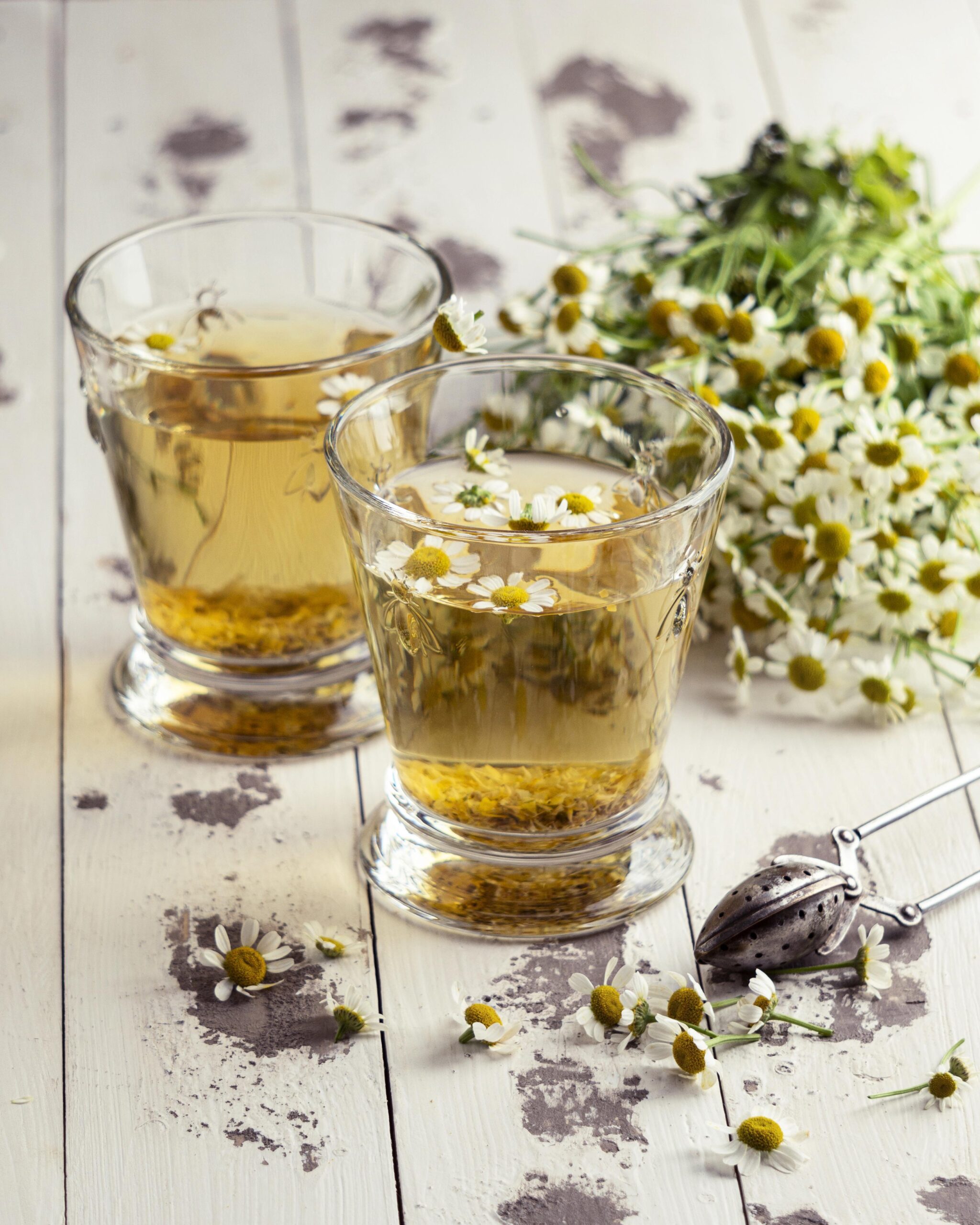History
Humans have used chamomile’s ancient healing properties before any science could clinically prove its medical value. For instance, the Smith College History of Science recorded a glimpse of the first traces of chamomile: 10,000 BCE Egyptians masked their skin with chamomile oils to protect against the scorching sun and desert dust. Later, 17th century medical herbalists, such as Nicholas Culpeper, documented chamomile as a tool to ease pain, swelling, inflammation, digestion, and “stones” in the bladder.
But in the 21st century medical science, does chamomile hold any significance and does it have clinical potential?
After scanning the PubMed database, a biomedical and life science database by the National Library of Medicine that includes 5600 journals, this article narrows the therapeutic uses of chamomile.
Chemical properties of chamomile
Yun-Lei Dai and colleagues at College of Pharmacy, Shandong University of Traditional Chinese Medicine collected the results of 138 studies on the chemistry of chamomile. For example, chamomile supplies 26 organic acids which metabolize, support growth, and may treat cardiovascular disease, immune system diseases, and cancer.
This review deeply describes chamomile’s dominating medical composition: “flavonoids, coumarins, volatile oils, terpenes, sterols, organic acids, and polysaccharides, among other compounds.”
Health benefits
This package of chemicals makes chamomile bloom with many pharmacological uses:
- Anticancer
- Anti-infective (bacterial and viral)
- Anti-inflammatory
- Antioxidant (prevents damaging oxidation of body)
- Antiallergic
- Antidepressant
- Hypoglycaemic (lower blood sugar)
- Hypotensive (reduced blood pressure)
- Hypolipidemic (decreased lipids in blood)
Metabolism
Chamomile’s ability to lower blood sugar, reduce blood pressure, and decrease lipids makes it a potential treatment for obesity and metabolic disorders, according to a review published in the Journal of Experimental and Clinical Science. In addition, chamomile boosts metabolism and gastrointestinal function.
Post-cancer treatment
A meta-analysis of studies published in the Journal of Integrative Cancer Therapies reviewed chamomile for easing nausea, vomiting, depression, anxiety, and well-being after cancer treatment. The following are some results of the study.
- Mouthwash (chamomile diluted by water), ice (infused with chamomile), chamomile gel reduced oral mucositis, or inflammation in the mouth.
- Chamomile gel or compression pack, applied to the skin reduced skin damage.
- Chamomile essential oil therapy decreased anxiety
- Chamomile tea drinking once per day for 2 weeks decreased depression.
- Capsules (500mg chamomile before and after chemo) decreased vomiting and increased appetite.
Sleep
Chamomile can improve sleep quality. It is safe to use and doesn’t exacerbate anxiety and stress, according to a meta-analysis featured in the Journal of Phytotherapy Research. However, both the meta-analysis and a study from BMC Complementary Alternative Medicine and Therapies showed no significant change in insomnia.
Ways to use chamomile*
- Brew a hot or cold cup of chamomile tea
- Apply chamomile topically in the form of essential oil or extract
- Take chamomile capsule
* Always consult a physician before taking a new substance. This article is not medical advice. Please do not substitute any medication or treatment that has been provided by a health professional. Beware! Chamomile may cause an allergic reaction.














